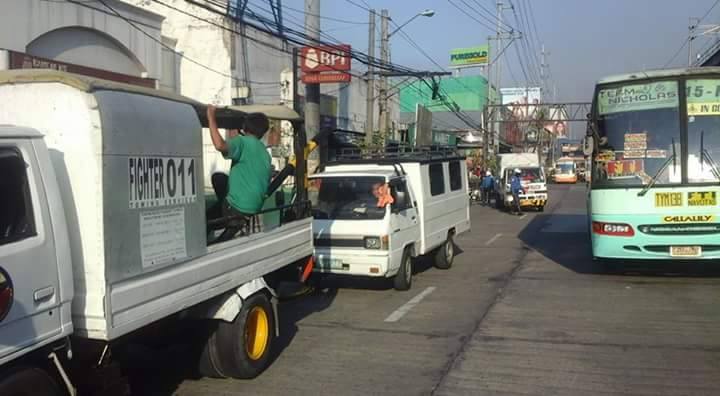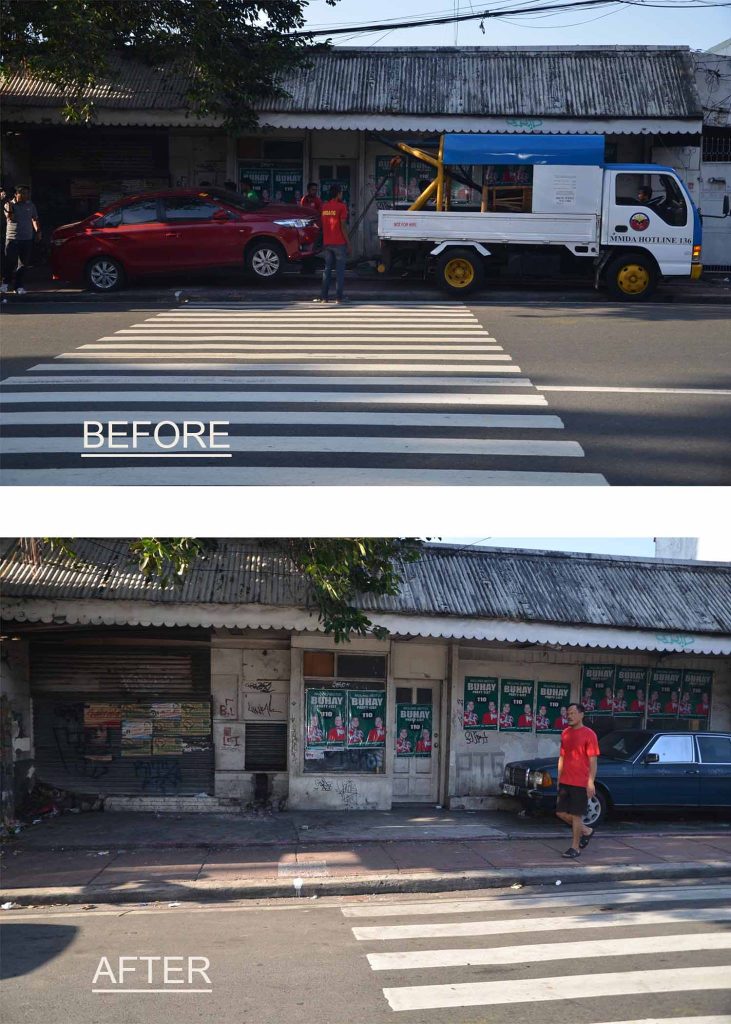Towing and impounding operations in Metro Manila are governed by strict regulations set forth by the Metropolitan Manila Development Authority (MMDA), ensuring the orderly management of stalled and illegally parked vehicles to maintain smooth traffic flow and road safety. Motorists are advised to familiarize themselves with these guidelines to avoid fines and inconveniences.
Learning more about towing and impounding guidelines and operations is essential for motorists in Metro Manila to navigate the city’s busy streets safely and legally. Understanding these regulations helps drivers avoid fines, prevent their vehicles from being towed, and contribute to smoother traffic flow, ultimately promoting road safety for all commuters. In this guide, we rounded up the most important information you’ll ever need regarding the towing and impounding operations in the Metro Manila region.
Understanding Towing and Impounding
Towing refers to the act of pulling or hauling a vehicle that is unable to move under its own power, typically due to mechanical failure, improper parking, or involvement in an accident. In the context of urban areas like Metro Manila, towing is often carried out by designated tow trucks authorized by local authorities, such as the MMDA. These tow trucks are responsible for removing vehicles that obstruct traffic flow, pose safety hazards, or violate parking regulations. Towing is conducted to clear roadways, prevent congestion, and maintain order on city streets.

Impounding, on the other hand, involves the temporary seizure or storage of towed vehicles in designated impounding areas. In Metro Manila, impounding areas are established by the MMDA to accommodate vehicles towed from public roads and thoroughfares. Vehicles may be impounded for various reasons, including illegal parking, abandonment, or as evidence in legal proceedings. Impounding serves as a measure to enforce traffic regulations, deter violations, and ensure compliance with urban planning and safety standards. Additionally, impounded vehicles may undergo inspection or retrieval processes before being released back to their owners, often subject to fines or penalties for the violation committed.
Towing and Impounding Targets
Towing and impounding operations in Metro Manila are meant to take care of the vehicles that violate traffic regulations, impede traffic flow, or compromise public safety, with the aim of maintaining order and efficiency on city streets. The vehicles that are typically towed and impounded by the MMDA in Metro Manila include:
- Stalled Vehicles: Vehicles that are unable to move under their own power due to mechanical issues such as engine failure, flat tires, or empty fuel tanks may be towed to clear the roadway and prevent traffic congestion.
- Illegally Parked Vehicles: Vehicles parked in areas prohibited by law or ordinance, such as no parking zones, fire hydrants, pedestrian crosswalks, or sidewalks, may be towed to enforce parking regulations and ensure pedestrian and traffic safety.
- Vehicles Involved in Accidents: Vehicles involved in accidents that obstruct traffic flow or pose safety hazards may be towed to facilitate the clearance of the accident scene and restore normal traffic conditions.
- Abandoned Vehicles: Vehicles left unattended for an extended period or deemed abandoned by authorities may be towed and impounded to free up parking spaces and maintain the cleanliness and orderliness of public areas.
- Vehicles Subject to Legal Proceedings: Vehicles required as evidence in legal proceedings, such as those involved in criminal investigations or traffic violations, may be towed and impounded until the conclusion of the legal process.
Towing and Impounding Procedures

Towing and impounding in Metro Manila are governed by strict guidelines set forth by the MMDA to ensure the efficient and orderly management of vehicular accidents and violations. Here is how it goes:
Step 1. Upon receiving a report of a stalled or illegally parked vehicle, a tow truck is dispatched to the reported location.
Step 2. Upon arrival, the tow truck crew contacts the MMDA Metrobase to report the situation, providing detailed information including the following:
- vehicle’s plate number
- Vehicle type
- Vehicle color
- Vehicle condition
- Tow truck details
- Towing crew names, and
- Designated impounding area
Step 3. If the vehicle is unattended, the tow truck driver signals the owner by blowing the horn five (5) times, waiting one minute, then repeating the signal. If there’s no response, the vehicle is prepared for towing.
Step 4. The Metrobase operator verifies the registration status of the tow truck and records all relevant information in the official logbook, assigning a control number for each towing incident.
Step 5. If the vehicle is flagged as possibly stolen (on the watch list of carnapped vehicles), authorities are notified.
Step 6. Once authorized, the Metrobase gives clearance to the towing crew, instructing them to proceed with towing.
Step 7. The towing crew secures the vehicle using the tow hook and prepares for towing.
Step 8. Before towing, if the owner is present, a technical inspection report is issued, detailing the vehicle’s information and condition. If absent, a notice is left with a traffic officer or responsible individual at the site.
Step 9. The impounding area where the vehicle will be towed is indicated on the notice or technical inspection report.
Step 10. If the owner refuses to accept the notice, it’s noted, and towing proceeds as necessary.
Step 11. Throughout the towing process, a Traffic Violation Receipt (TVR) is issued, as per the MMDA guidelines on towing and impounding.
Step 12. The towing crew notifies the Metrobase when towing commences and informs them of their estimated arrival time at the impounding area.
Step 13. The Metrobase validates all information provided.
Step 14. If the towed vehicle is not recorded in the logbook, it is reported as missing and treated as potentially stolen (carnapped).
Frequently Asked Questions (FAQs)
For your reference, here are some commonly asked questions and answers related to towing and impounding procedures in Metro Manila:
1. What kinds of tow trucks does MMDA recognize?
MMDA acknowledges two types of tow trucks in Metro Manila: MMDA Road Emergency Group tow trucks and MMDA-accredited tow trucks. The former is dedicated to towing stalled vehicles involved in accidents, provided free of charge, while the latter handles towing for stalled vehicles, illegally parked vehicles, and vehicles involved in accidents.
2. Where are towed vehicles taken by MMDA?
Towed vehicles are conveyed to designated impounding areas like Tumana in Marikina City and HK Plaza Impounding.
3. What should be done if a vehicle stalls due to a flat tire, empty fuel tank, or engine trouble?
Depending on the circumstances, stalled vehicles may either be towed or relocated to a secure location. Motorists are advised to comply with regulations and cooperate with towing procedures to avoid fines and unnecessary complications.
4. How are violation fines and towing fees determined?
Violation fines for illegally parked vehicles vary depending on attendance and type, while towing fees are based on vehicle weight and the distance towed.
5. Who bears responsibility for any damage incurred by the vehicle during towing?
Towing companies are held liable for any losses or damages sustained while towing vehicles, in accordance with MMDA guidelines.
6. How can motorists confirm if their towing service is accredited by MMDA?
Motorists can verify the accreditation of towing services by ensuring tow truck crew wear prescribed uniforms, possess ID cards, and by contacting MMDA hotlines for assistance.
Video: Towing and Impounding Operation in Metro Manila
Watch this video from Gadget Addict and see MMDA enforcers in action as they tow and impound vehicles during one of their clearing operations in Metro Manila.
Tips and Reminders
To avoid untoward towing incidents, motorists are encouraged to familiarize themselves with the guidelines for towing and impounding operations in Metro Manila. Here are some tips as well to ensure that the vehicle owners can avoid trouble with the authorities and towing crews:
- Understand the circumstances under which your vehicle may be towed.
- Adhere to parking regulations to avoid having to settle fines and getting towed.
- Only unattended vehicles may be towed (in case of illegal parking).
- Cooperate with towing crew instructions if your vehicle requires towing.
- Verify the accreditation of towing services before engaging them.
- Report any unlawful towing activities to MMDA for appropriate action.
Summary
By understanding the towing and impounding procedures, motorists can protect themselves and save their cars from being towed and impounded, allowing them to avoid having to pay unnecessary fines and penalties, and creating a safer and more orderly urban environment for all. If, however, your car ends up being towed or if you have questions or complaints, motorists can reach out to MMDA via social media platforms or hotline services.